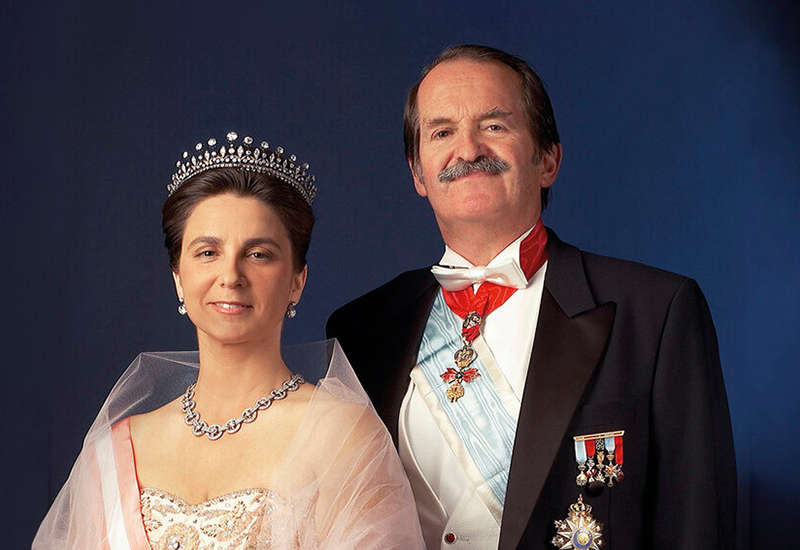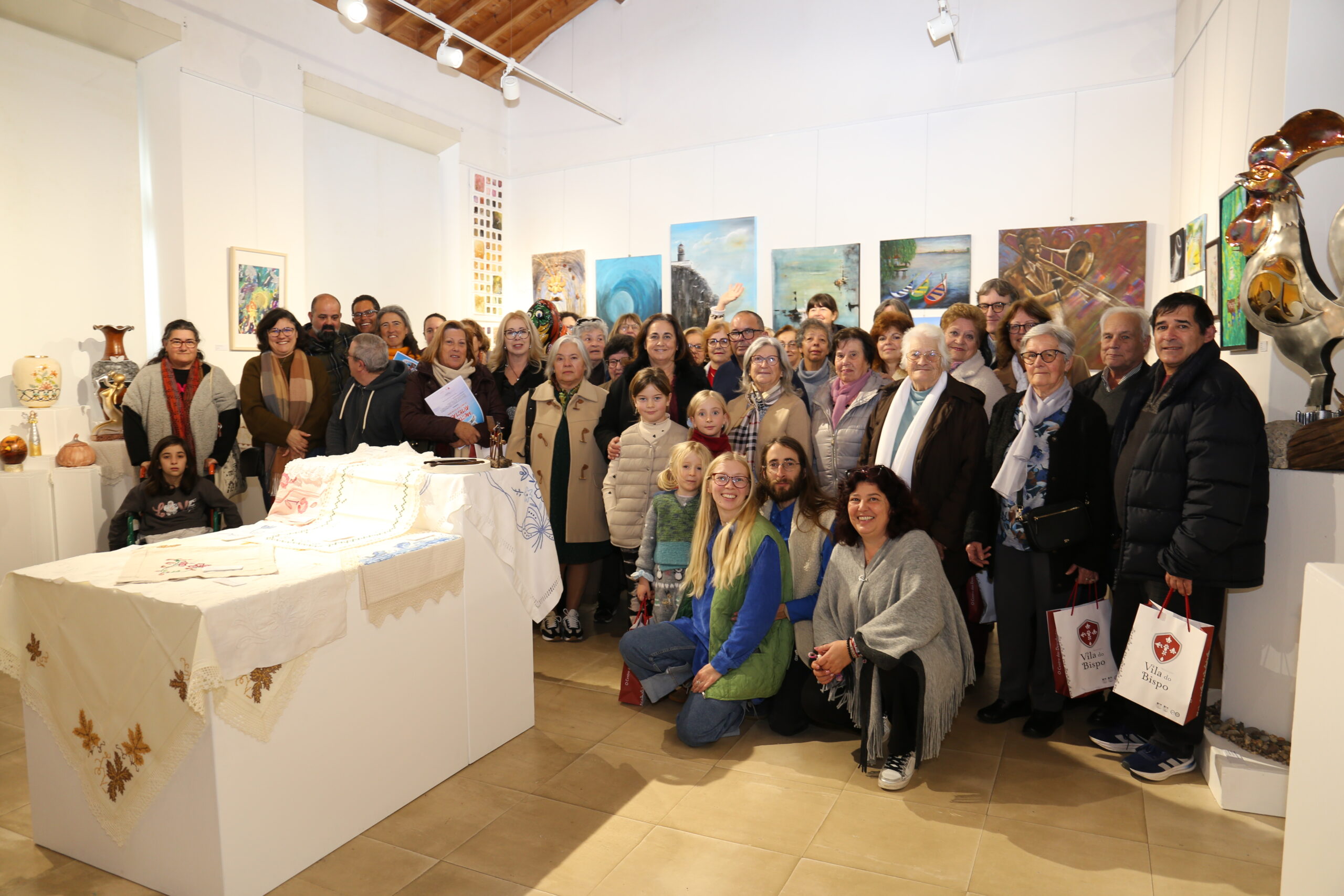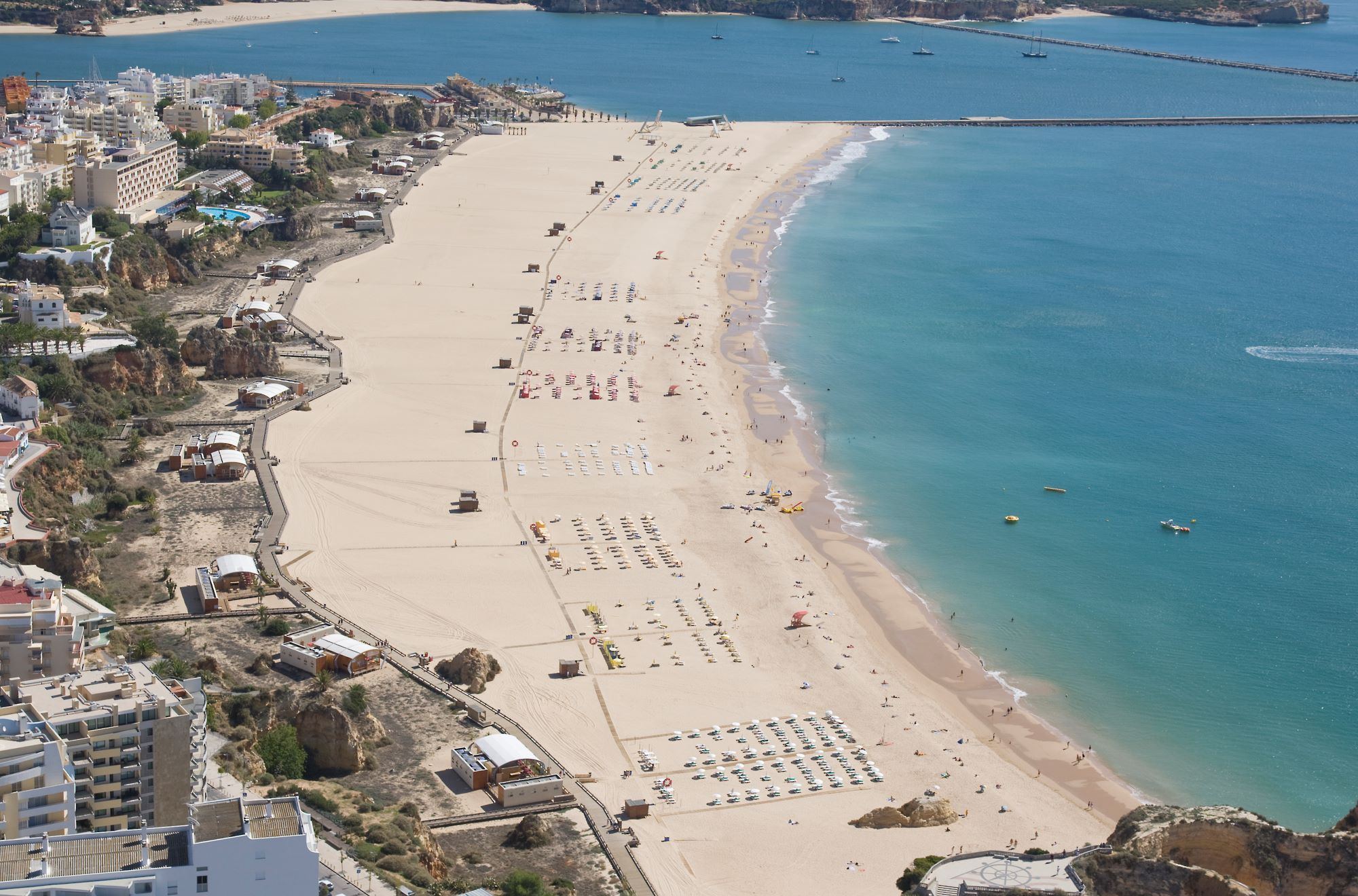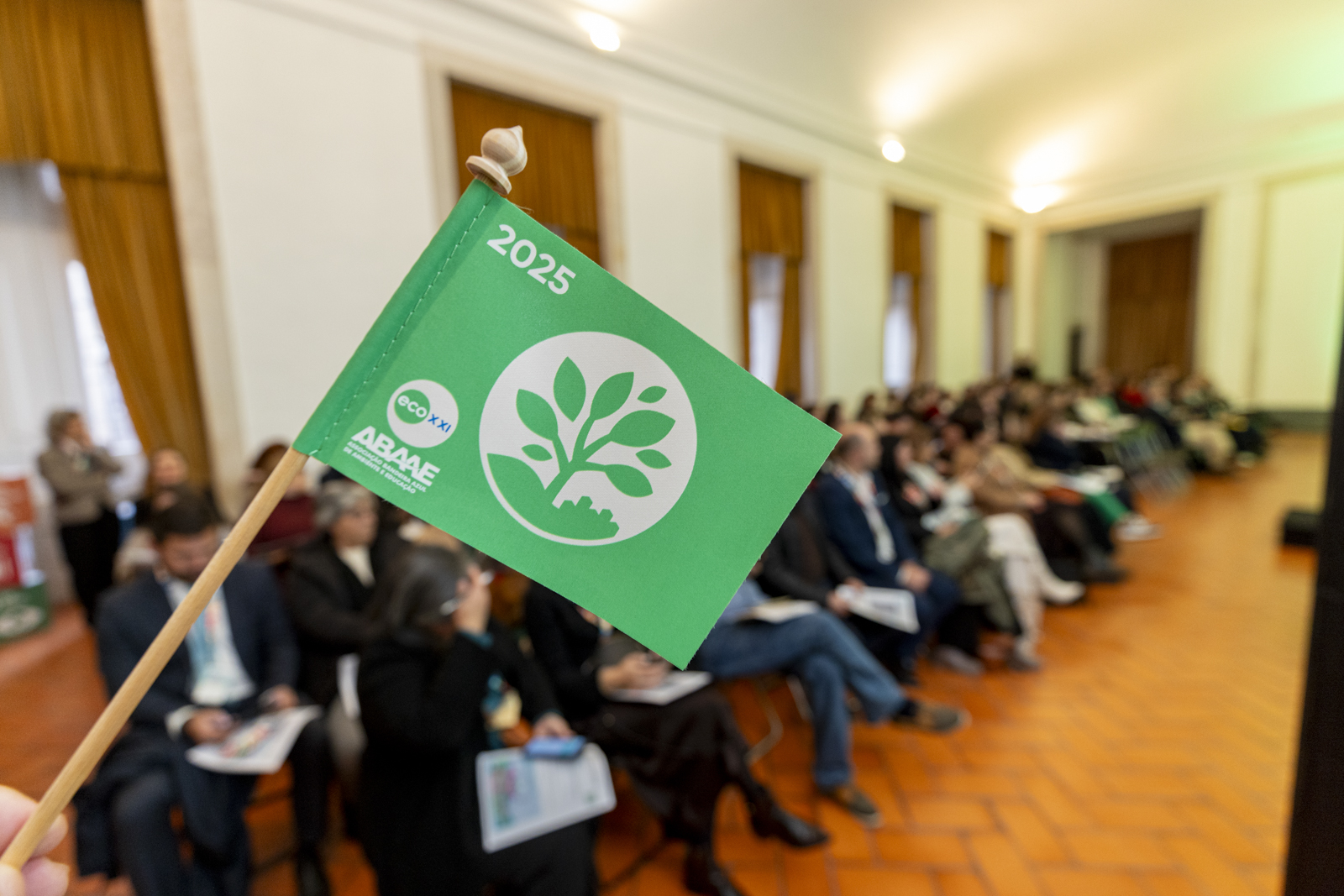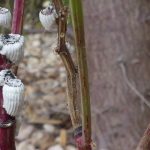I was honoured when Dom Duarte Pío de Braganza, the 24th Duke, agreed to give Tomorrow magazine exclusive access to his fascinating insights into his current role and family history.
Duke Duarte Pío de Braganza, known in Portugal as Dom Duarte, is the heir to the nearly thousand-year-old dynasty which produced Kings of Portugal. Dom Afonso is the last link in this ancient lineage founded by Afonso Henriques in the 12th century. His family tree’s branches are entwined with all the royal houses of Europe, including a former Queen of England, Catherine de Braganza. But despite his impressive pedigree, he does not have a throne.
On 5 October 1910, the Portuguese royal family was overthrown and exiled from their homeland, marking the end of a centuries-old monarchy. The events leading to the downfall of the royal family were a culmination of political unrest and social discontent that had been simmering for years. There was growing discontent among the Portuguese population with the monarchy, which was perceived as corrupt and extravagant. The lavish lifestyles of the monarchs stood in stark contrast to the poverty and hardship faced by many ordinary citizens, leading to increased calls for social and political reform.
Furthermore, Portugal had suffered a series of military defeats and setbacks in its colonial empire, most notably the loss of its African territories to British and German forces. These losses were a blow to national pride and further eroded support for the monarchy, as many blamed the ruling monarchs for their failed colonial policies.
King Carlos I was shot through the neck by Republican rebels on 1 February 1908, while on an open carriage ride through Lisbon. His elder son, Luis Filipe, was also killed, leaving 18-year-old Manuel to become the last King of Portugal. The shocking event further destabilised the monarchy and sparked widespread outrage among the populace. In the aftermath of the assassinations, a group of Republican politicians and military officers seized the opportunity to stage a coup and overthrow the monarchy.
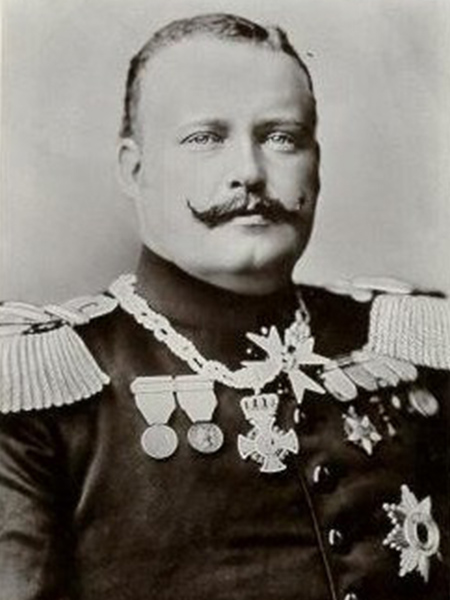
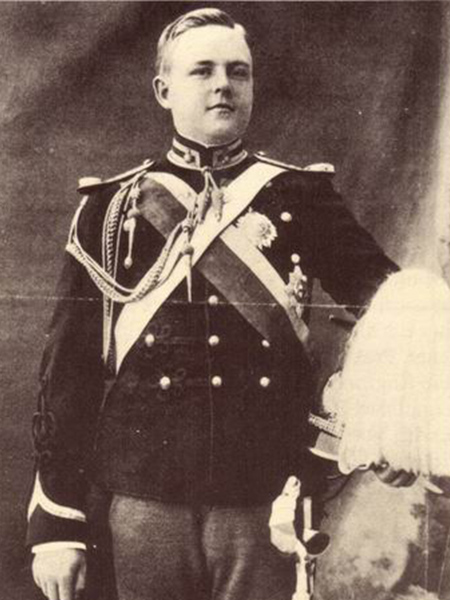
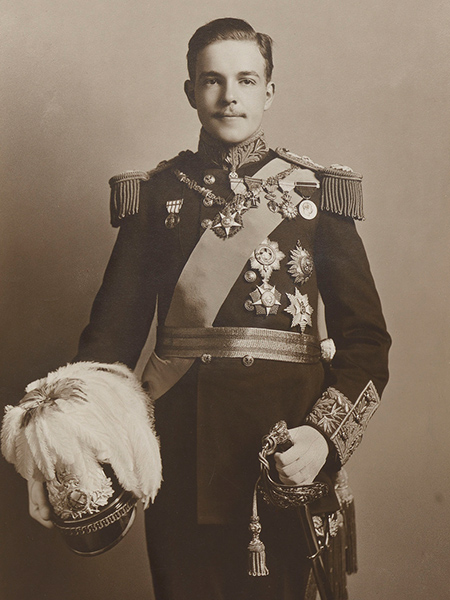
The last reigning monarch, King Manuel II, ascended to the throne in 1908 following the assassination of his father. The young king struggled to maintain control over the country, facing opposition from Republican factions and growing unrest among the working class.
The tipping point came in 1910 when a group of military officers and revolutionaries staged a coup d’état against the monarchy. The uprising, known as the Republican Revolution, quickly gained momentum and spread throughout the country. King Manuel II was forced to abdicate the throne and flee into exile, along with his mother, Queen Amelia, and the rest of the royal family, settling in England. Manuel II died childless in 1932 in Twickenham, London.
The Portuguese Republic declared the end of the monarchy and the establishment of a Republican form of government. The state confiscated the royal palaces and properties, marking the end of an era for the Portuguese royal family. Dom Duarte feels this injustice deeply. He told me that the progress that his country would have otherwise enjoyed “was interrupted by the unspeakable crime committed on 1 February 1908, with the assassination of King Dom Carlos and Prince Dom Luís Filipe, followed by the military coup that overthrew the current democratic monarchy in 1910.” You can see his point! The sixteen years of the First Republic saw eight presidents and 45 ministries, producing no coherent period of governance and fractures in Portuguese society.
The population had mixed views about the overthrow of the Portuguese royal family. While some celebrated the end of the monarchy as a victory for democracy and progress, others mourned the loss of a long-standing institution that had been a symbol of national identity for centuries.
Under the shadow of Salazar’s dictatorship, Estado Novo, Duarte Pío de Braganza was born in exile on 15 May 1945, although technically, he was on Portuguese soil: he came into this world at the Portuguese embassy in Bern.
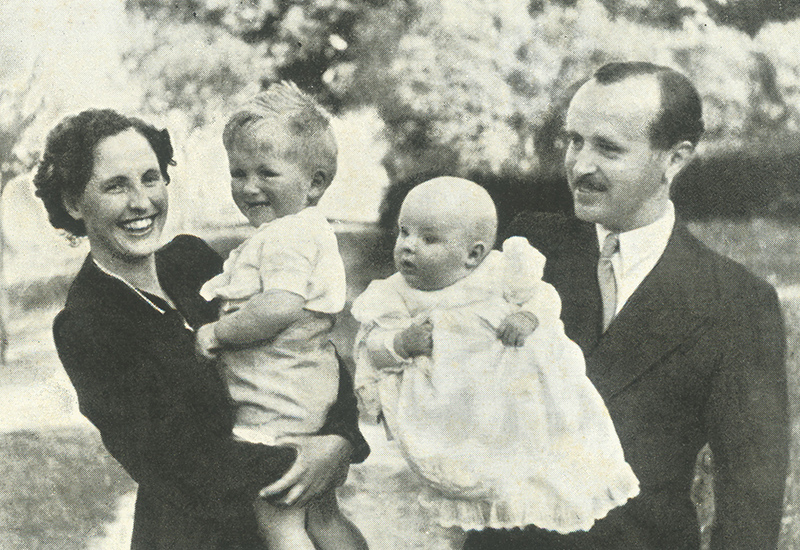
He is the third child and only son of Dom Duarte Nuno, Duke of Braganza, and Princess Maria Francisca of Orléans-Braganza. Through his father, he is a member of the Miguelist branch of the House of Braganza and Manuel II’s only surviving male relative.
Dom Duarte´s exile produced a close-knit family, and he grew up surrounded by his sisters, Doña Maria Teresa and Doña Maria Adelaide. The laws of exile of 19 December 1834 banned Duarte Pio and the remaining Miguelist Braganzas from entering Portugal. Despite the challenges of living in exile, his parents instilled in him a strong sense of Portuguese culture, history, and traditions.
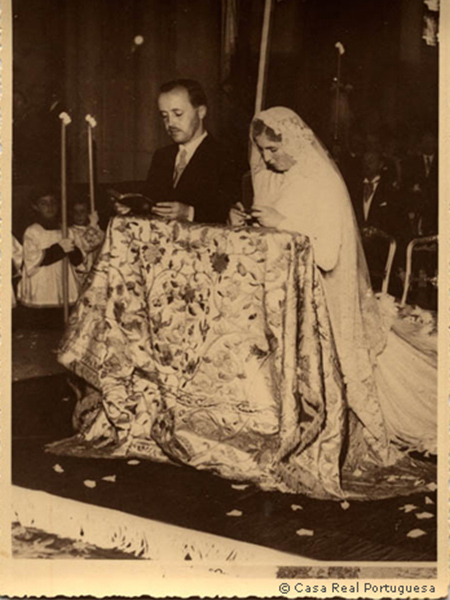
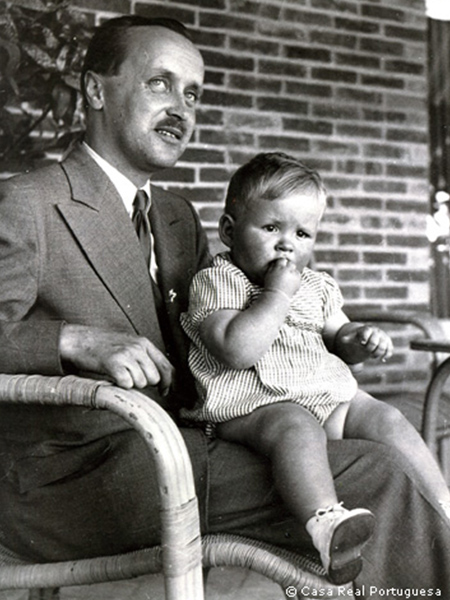
From a young age, Dom Duarte was educated in the traditions of the House of Braganza, learning the principles of constitutional monarchy. He studied at the Royal Military Academy in Sandhurst, England, and later attended the Instituto Superior de Agronomia in Lisbon, where he earned a degree in agronomy.
Throughout his early life, Dom Duarte remained dedicated to his family and country, always striving to uphold the values and traditions of the Portuguese monarchy. His early experiences and education would shape him into the future leader and representative of the House of Braganza. He told me, “My parents prepared me to take on the responsibility of representing the Portuguese Royal family, which I believe I have fulfilled.”
In 1950, Salazar allowed the royal family’s return, but he ensured that none of its members sought to overshadow him or make too much noise. In an interview with El Pais, Dom Duarte recalled, “Once, at an event that I attended with the daughter of the president of the Republic at the time, Américo Tomás, there was a photocall for the newspapers, and the next day, I saw they had pulled me clean out of the picture.”
Following his father’s death in 1976, Dom Duarte took on the unenviable position of a king without a throne. He is the eternal pretender to the monarchy, with a very popular president of the Republic who takes on all the tasks that any hypothetical king would perform.
He remains vocal in his belief that Portugal would have benefitted from a monarchy, “Considering that the European countries with the best democracies and often the most prosperous are monarchies, everything indicates that if Portugal had continued to be a democratic monarchy as it was, we too would have followed the progress of the other European monarchies.”
Dom Duarte has also had to fight for the validity of his claim to the throne. The dispute dates back to 1828 when Duarte Pio’s great-grandfather tried to usurp the throne from King Miguel I, starting the Liberal Wars. Miguel’s forces were defeated in 1834, and Miguel I was exiled. His niece, Queen Maria II, was restored to her throne. According to the Law of Banishment (Lei do Banimento) of 1834, Miguel I and all his descendants were forever excluded from the succession to the throne.
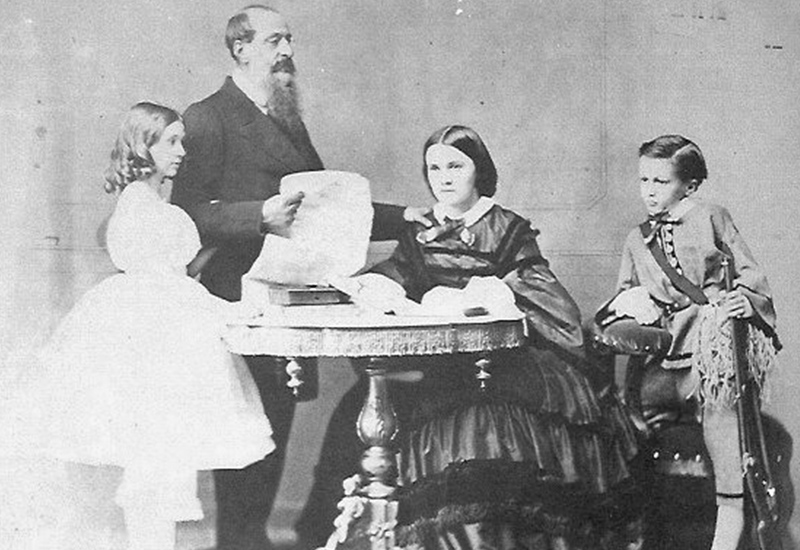
I asked him how that felt. “There was never a dispute with any historical or cultural basis, but there was some ignorance about the historical roots of the representation of the Portuguese Royal House. There was even an Italian lord who ‘bought’ the title of Duke of Bragança from a lady of Cuban origin who ‘imagined’ she was the daughter of King Dom Carlos, without having any authentic documents to prove it. Fortunately, she was duly cleared by the Portuguese court. The Italian in question even spent some time in prison.” In May 2006, the Portuguese Ministry of Foreign Affairs issued a statement where it referred to Duarte Pio as Duke of Braganza, although they later clarified that “the reference to Duarte Pio as Duke of Braganza was merely a polite courtesy.”
Despite this, he informed me that he has a good relationship with Portuguese politicians. “In Portugal, I maintain good cooperation with governments, particularly with most of the presidents of the Republic and other rulers, especially foreign ministers.”
Despite not having an official role in the Portuguese government, the duke is actively involved in various charitable organisations and causes, using his platform to raise awareness and support those in need. When I asked him about this political role in foreign affairs, he gave an example of how it can be complicated even when not an official ruler. “Sometimes, I’ve had to give up on very interesting projects because our leaders didn’t agree with them. The latest case was a program to help the Christians of Syria, which our authorities didn’t agree with because it seemed to be a violation of the embargo that the European Union had established against that country. Once again, I realised that what I learned at the military college is still very important: When you don’t know if ‘the authority’ agrees with you, it’s better not to ask.”
One of his most significant foreign affairs successes has been with East Timor. He fervently defended its independence and was rewarded with East Timorese citizenship. I asked the Duke why the country’s struggle for autonomy resonated so much? “Since my first visit to Timor, I have been very impressed by the strong emotional and cultural bond between the Timorese people and elites and Portugal. The unspeakable and dishonest abandonment of the Timorese nation by the Portuguese rulers revolted me deeply and I consider it a moral obligation to give them my support. Besides, it’s always a great pleasure to visit this country again. Fortunately, in the midst of the Indonesian military dictatorship, I managed to convince its rulers to accept my proposals for the return of freedom to this martyred people. Unfortunately, the United Nations didn’t want to ask the Timorese if they wanted to maintain any political ties with Portugal.”
More recently, he visited Ukraine on a humanitarian project, and I asked Don Duarte to explain his impressions: “I was very impressed by the courage of the Ukrainian people, but the result of the visit was the creation of a shelter for internal refugees to sleep and eat when they had to leave their homes. This is usually when they are waiting for rail transportation to Hungary and Poland. The house is maintained by the Ukrainian branch of the church and the Royal Order of the Archangel of St. Michael.”
For centuries, the Braganza dynasty was believed to have been cursed. This story dates from the reign of King John IV of Portugal in the 17th century when the monarch allegedly kicked a Franciscan friar who was begging for alms. In reply, the friar cast a curse, saying that never again would a first-born male of his family live long enough to reach the throne. Since then – with three exceptions – all the first-born males of this dynasty died before they reigned. Just as it seemed that the eternal bachelor Dom Duarte would succumb to the curse, he married Isabel Inês de Castro Curvelo de Herédia, a Portuguese businesswoman and descendant of nobility, on 13 May 1995, two days short of his 50th birthday.. This event was the first marriage of a member of the Portuguese royal family to take place in Portugal since the marriage of King Carlos I in 1886. The ceremony was celebrated in the Monastery of Jerónimos in Lisbon and presided over by Cardinal António Ribeiro, Patriarch of Lisbon. Present at the ceremony were representatives of various European royal and noble houses.
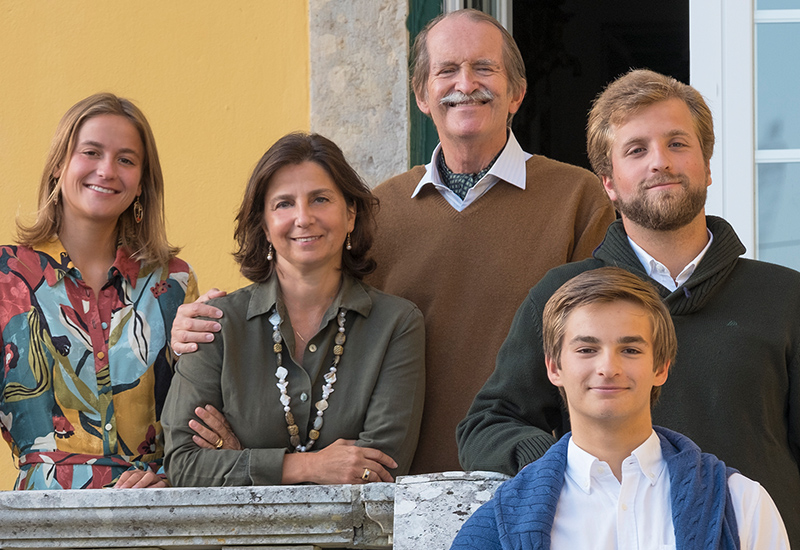
The duke and duchess have three children, who are also being raised with a deep respect for their family’s legacy. Despite their royal status, the duke and his family lead relatively low-key lives, preferring to focus on their philanthropic work. They now have no connection to the Palace of Braganza in Guimaraes, however the family lived in São Pedro de Sintra, which is not a palace but still a fairly substantial abode.
The heir to the dukedom is Afonso, Prince of Beira, who is now 28 and one of Europe’s most eligible bachelors. Prince Afonso has a bachelor’s degree in political science and international relations from the Catholic University of Portugal. He is a discreet young man and has not been embroiled in any scandals. The second son is Dinis, Duke of Porto, who is now 25. The Infanta Maria Francisca, Duchess of Coimbra, married Duarte de Sousa Araújo Martins in a lavish ceremony in October 2023, where the bride added a splash of regal drama with Queen Amélie’s diamond tiara, which belonged to the last Queen of Portugal. Demonstrating that the Braganzas still have some royal clout, the event, to all intents and purposes, resembled a royal wedding with a guest list of 1200, with friends of the couple alongside innumerable European royals and aristocrats as well as the President of Portugal.
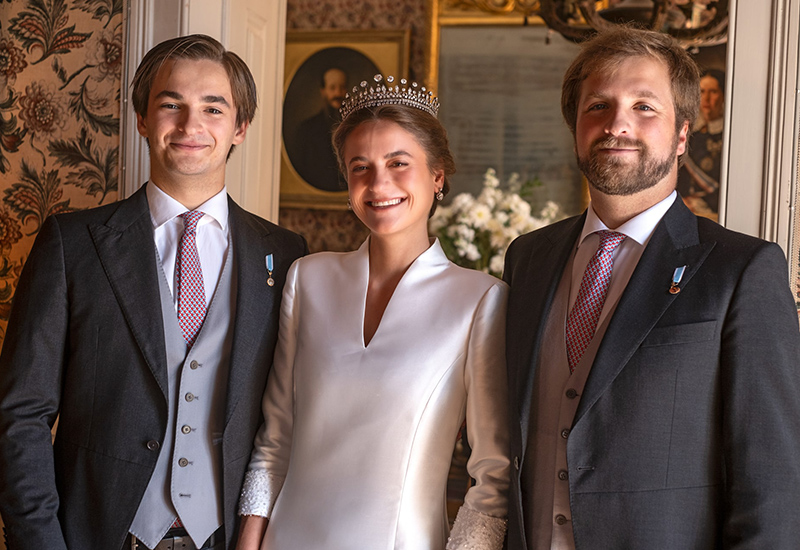
One of his family’s most illustrious marriages was, of course, the union between Catherine de Braganza and Charles II of England. I asked him if he shares the British fascination with his ancestor. “Queen Catarina de Bragança, after becoming a widow, became regent of Portugal. Both positions, Queen of England and Regent of Portugal, were carried out with great wisdom and responsibility and, despite the particularly difficult situation she experienced in England, the English have a very positive memory of her.
However, there are still many aspects of the advantages she brought to England that are generally unknown. She introduced the habit of drinking tea in the afternoon and tea was an important part of the dowry she brought from the East. But she also introduced the use of porcelain plates and forks. Less importantly, the dowry included the Moroccan city of Tangier and the city of Bombay, which is now part of India, as well as a special alliance with the kingdoms of Ceylon (Sri Lanka).”
Does the House of Bragança still have links with the British royal family? “We have friendly relations, especially with H.M. Charles III and Queen Camilla. Curiously, the Crown Prince is married to Princess Catherine, and it will be, and God willing will be, the second time that England will have a Queen Catherine.”
One of Dom Duarte’s biggest successes is as President of the Infante Dom Henrique Award, a partner award of the Duke of Edinburgh Award. It is an international programme for personal and social development aimed at the 14 to 24 age group, which encourages them to develop as active, participative citizens, making a positive contribution to society and preparing them with life experiences to make a difference to themselves, their communities, and the world.
I ask him how he is involved. “In Portugal, the award was founded in Oporto in 1988 by myself. As well as being a founding member, I am also honorary president. In Portugal, the Infante D. Henrique Prize Association is a private social solidarity institution and, as in other countries, is financially supported by donations from companies and individuals, as well as by organising fundraising events. I support the prize in various ways, especially by awarding diplomas and medals to those who have successfully completed the entire programme. The award complements academic education and the benefits for young people include recognition by universities and employers, among many others.”
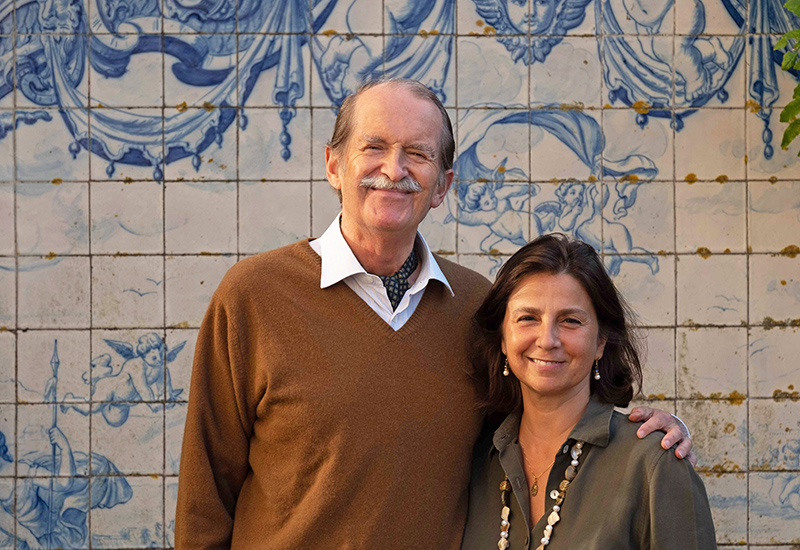
Finally, I wanted to ask the duke about his impressions of the Algarve. Until recently, he had a large summer villa in Ferragudo, a house he inherited from his aunt Infanta D.Filipa. His sense of responsibility also stretches to the south of the country. “The remarkable beauty of the Algarve is a capital and, at the same time, a great responsibility for all of us. If we don’t work hard to preserve it, it will easily be lost. Unfortunately, many parts of the Algarve coastline have already been irretrievably disfigured, but there are still many that have been saved and could be saved. I leave this appeal to us all.”
Although Dom Duarte is a king without a throne, he is undoubtedly a man with a mission. He is also certainly a man who cares deeply about his country and can be outspoken in his views, and you can draw parallels between him and the former Prince of Wales, now King Charles. However, Dom Duarte lives in the knowledge that he will never be a king, but hopefully with the belief that he has used his defunct position to do some good. In fact, it is poignant to say that he would have made a very good king!
PHOTOGRAPHY Casa Real Portuguesa, António Homem Cardoso


